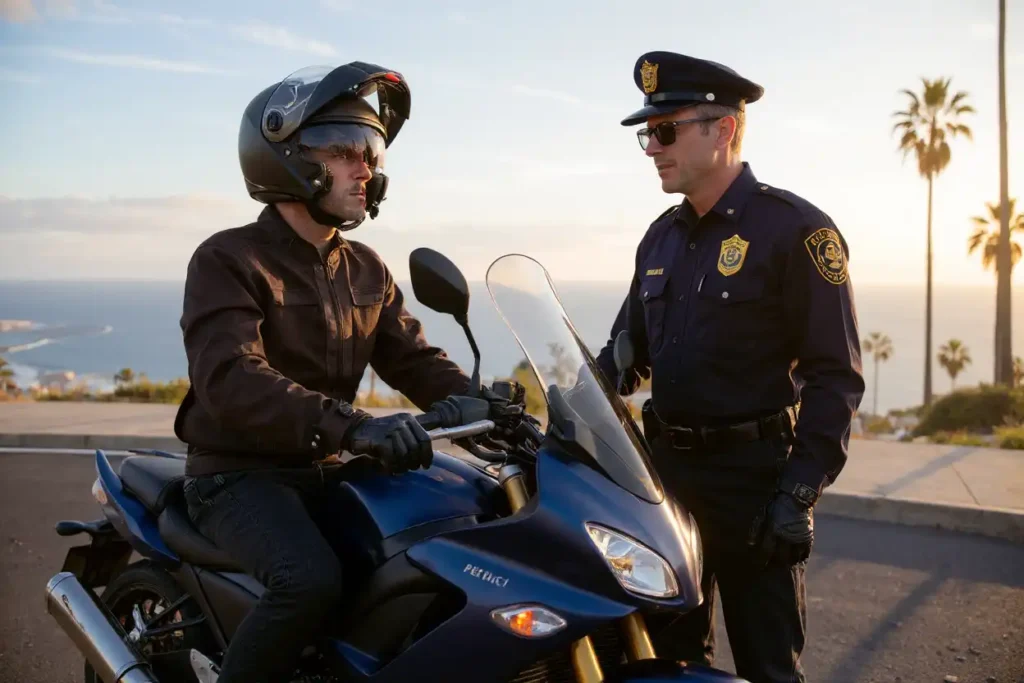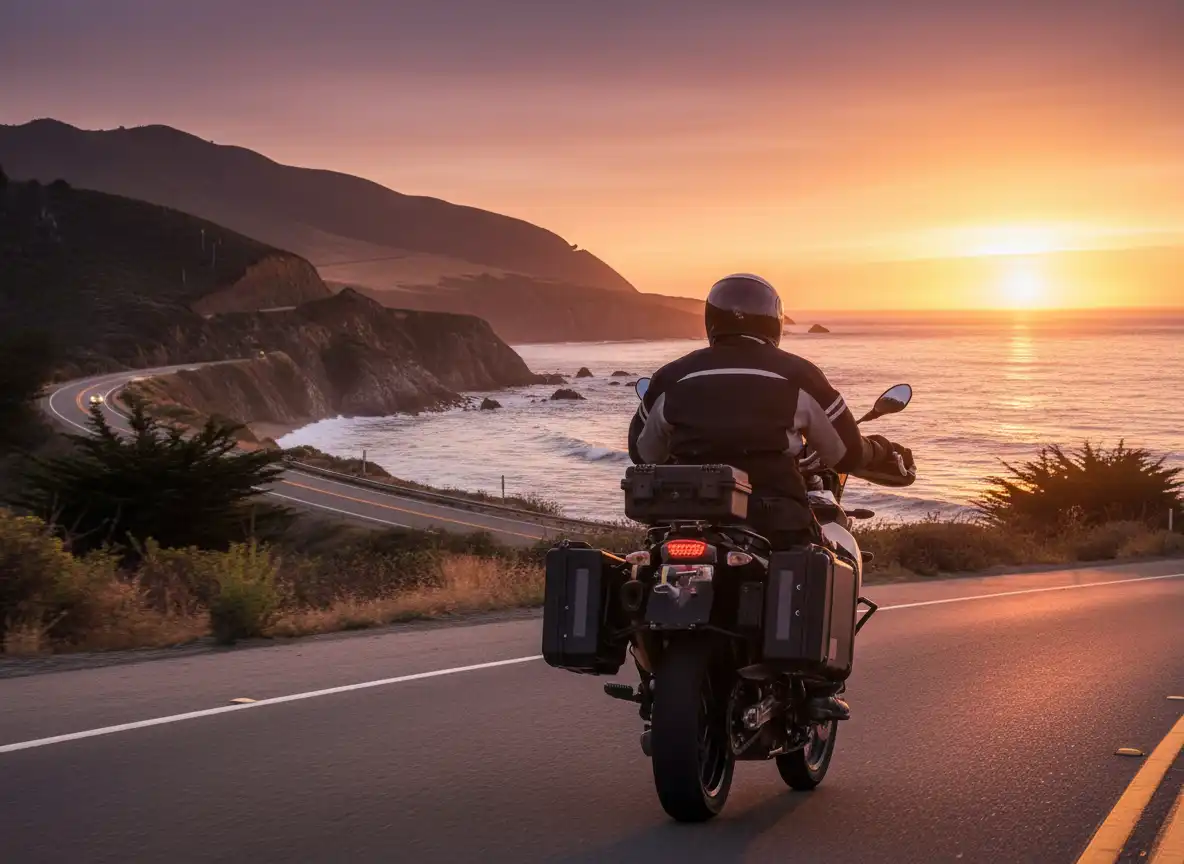Motorcycle riders in California enjoy unique freedoms on the road, but those freedoms come with important responsibilities. In 2025, lawmakers and the California Highway Patrol (CHP) have updated several rules affecting riders, including helmet requirements and lane-splitting guidelines. Understanding California motorcycle laws 2025 is essential for staying safe, avoiding tickets, and protecting your rights in the event of an accident.
Why Motorcycle Laws Change
Traffic laws evolve to reflect new safety research, accident data, and public demand. California consistently leads the nation in motorcycle registrations, which means lawmakers closely monitor crash statistics. Rising injuries and fatalities have driven updates in helmet safety standards, lane-splitting guidance, and insurance requirements.
California Helmet Law in 2025

California continues to require all motorcycle riders and passengers to wear helmets. However, new updates in 2025 clarify safety standards:
- Helmets must meet or exceed U.S. Department of Transportation (DOT) standards.
- Novelty helmets, which do not pass DOT testing, are illegal.
- Law enforcement is increasing enforcement in high-accident areas such as Los Angeles, Orange County, and San Diego.
Data shows helmets reduce the risk of fatal injury by nearly 40%. The rise in helmetless fatalities in recent years pushed lawmakers to tighten safety enforcement.
Lane-Splitting Guidelines for 2025

California remains the only state where lane splitting—riding between lanes of traffic—is explicitly legal. In 2025, the CHP released updated guidelines to improve safety:
- Lane splitting is not recommended at speeds above 40 mph.
- The speed difference between the motorcycle and surrounding traffic should not exceed 15 mph.
- Riders should avoid splitting between large trucks and buses, where visibility is limited.
- Lane splitting is safest between the far-left lanes of traffic.
While legal, unsafe lane splitting can still be used against riders in accident claims. Following CHP guidelines helps prevent crashes and strengthens legal cases after collisions.
New Insurance Requirements
As of January 2025, California raised its minimum auto insurance requirements for all drivers, including motorcyclists:
- $30,000 for bodily injury per person
- $60,000 for bodily injury per accident
- $15,000 for property damage
These higher minimums mean more coverage is available for victims of motorcycle accidents. For riders, carrying additional uninsured/underinsured motorist coverage remains critical, since many car drivers still fail to carry sufficient insurance.
Exhaust Noise and Equipment Rules
California also enforces strict motorcycle equipment rules in 2025:
- Motorcycles must meet emission and noise standards to reduce pollution and disturbance.
- Custom exhaust systems that exceed legal sound limits may result in fines.
- All motorcycles must have working turn signals, brake lights, and mirrors.
While some riders see these laws as restrictive, they are designed to improve visibility and reduce noise-related hazards on busy city streets.
Training and Licensing Updates
California requires riders to hold either an M1 or M2 license, depending on the type of motorcycle or motor-driven cycle. In 2025, stricter licensing requirements emphasize safety courses:
- New riders under 21 must complete a Motorcycle Safety Program (MSP) course.
- MSP completion is strongly recommended for all new license applicants, regardless of age.
- Failure to complete the course may limit insurance coverage in certain claims.
How the 2025 Laws Affect Accident Claims

Following the new laws is not only about avoiding tickets. It also protects legal claims after an accident. For example:
- If a rider is injured while not wearing a legal helmet, the defense may argue for reduced compensation.
- Unsafe lane splitting outside of CHP guidelines could shift partial fault to the rider.
- Failure to maintain insurance coverage may leave victims with no way to collect damages after a crash.
Adhering to California’s updated motorcycle laws strengthens a rider’s position in court and ensures they receive maximum compensation after an accident.
Tips for Staying Safe in 2025
Based on the updated laws and safety trends, riders should remember these tips:
- Always wear a DOT-approved helmet and protective gear.
- Follow CHP’s lane-splitting recommendations for safer riding.
- Maintain proper insurance coverage, including uninsured motorist protection.
- Take refresher safety courses, even if you are an experienced rider.
- Inspect your motorcycle regularly to comply with equipment standards.
Conclusion
The California motorcycle laws 2025 update helmet standards, lane-splitting guidelines, and insurance requirements to protect riders and reduce fatalities. By staying informed and compliant, motorcyclists not only avoid penalties but also strengthen their legal rights after accidents. For those injured in a crash, an attorney familiar with these new laws can make the difference between a denied claim and fair compensation.
If you or a loved one has been involved in a motorcycle accident in California, consult an experienced attorney. Understanding the new laws ensures your rights are protected and your recovery is supported in 2025.




